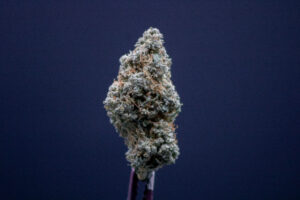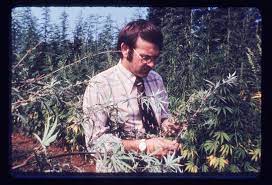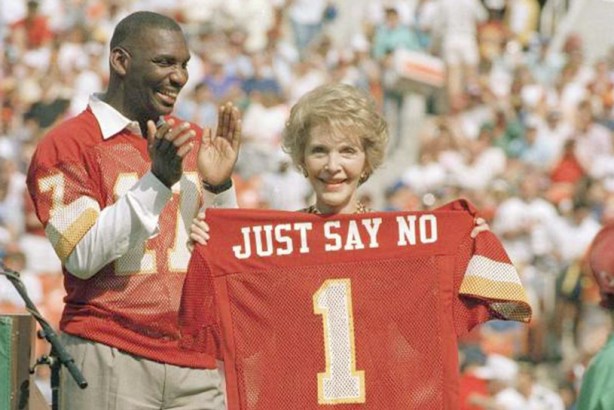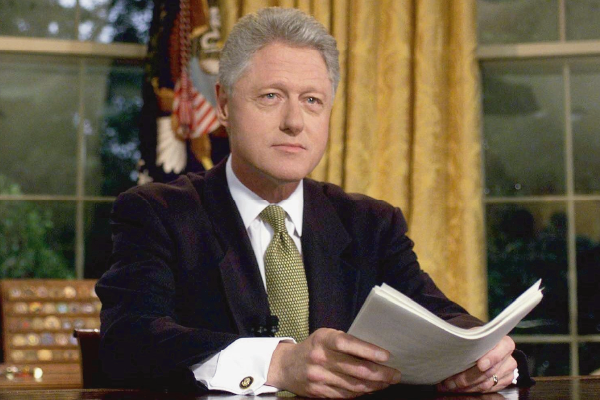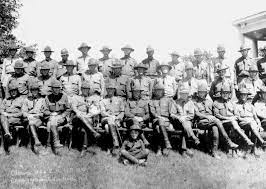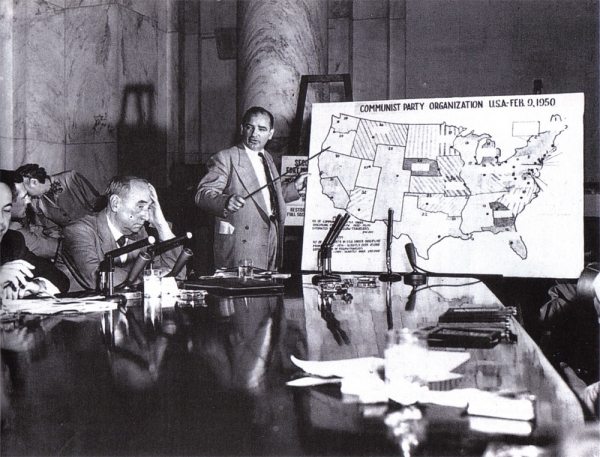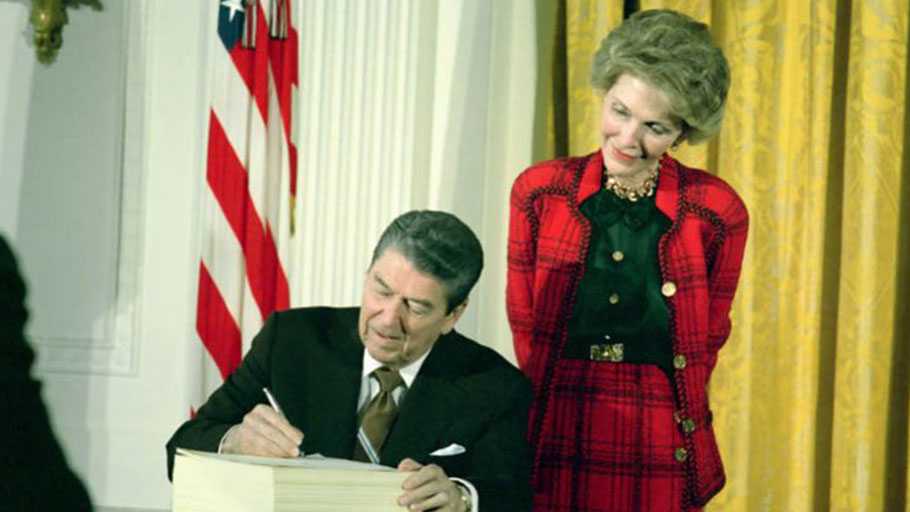Where are we now?
Between 2001 and 2010, there were 8,244,943 marijuana arrests. 7,295,880 or 88% were for marijuana possession. In 2010, more than 20,000 people were incarcerated on the sole charge of marijuana. From 2010 to 2018, about 50% of all drug arrests were for marijuana. Black people are 3x more likely to be arrested for marijuanan possession.

